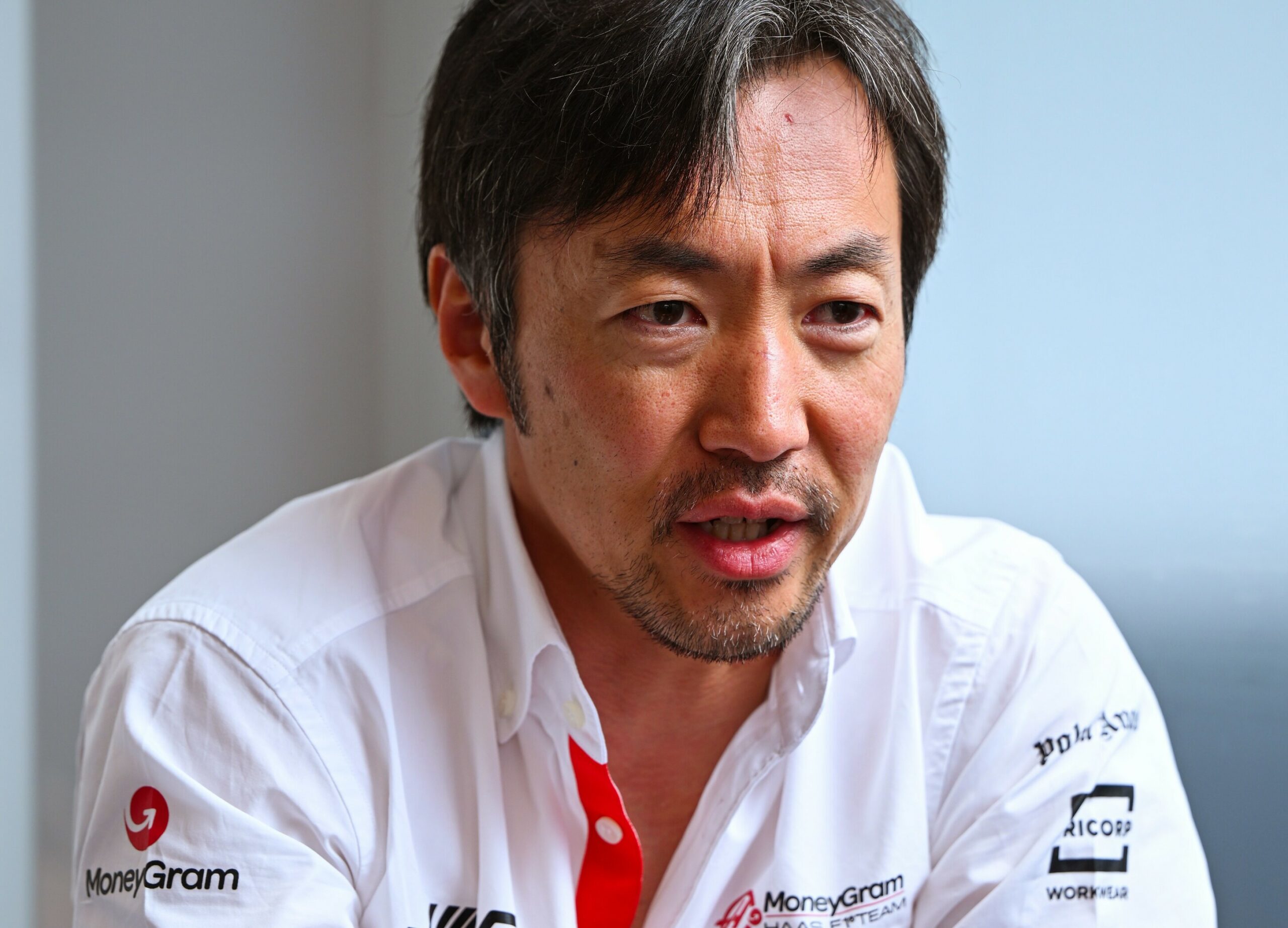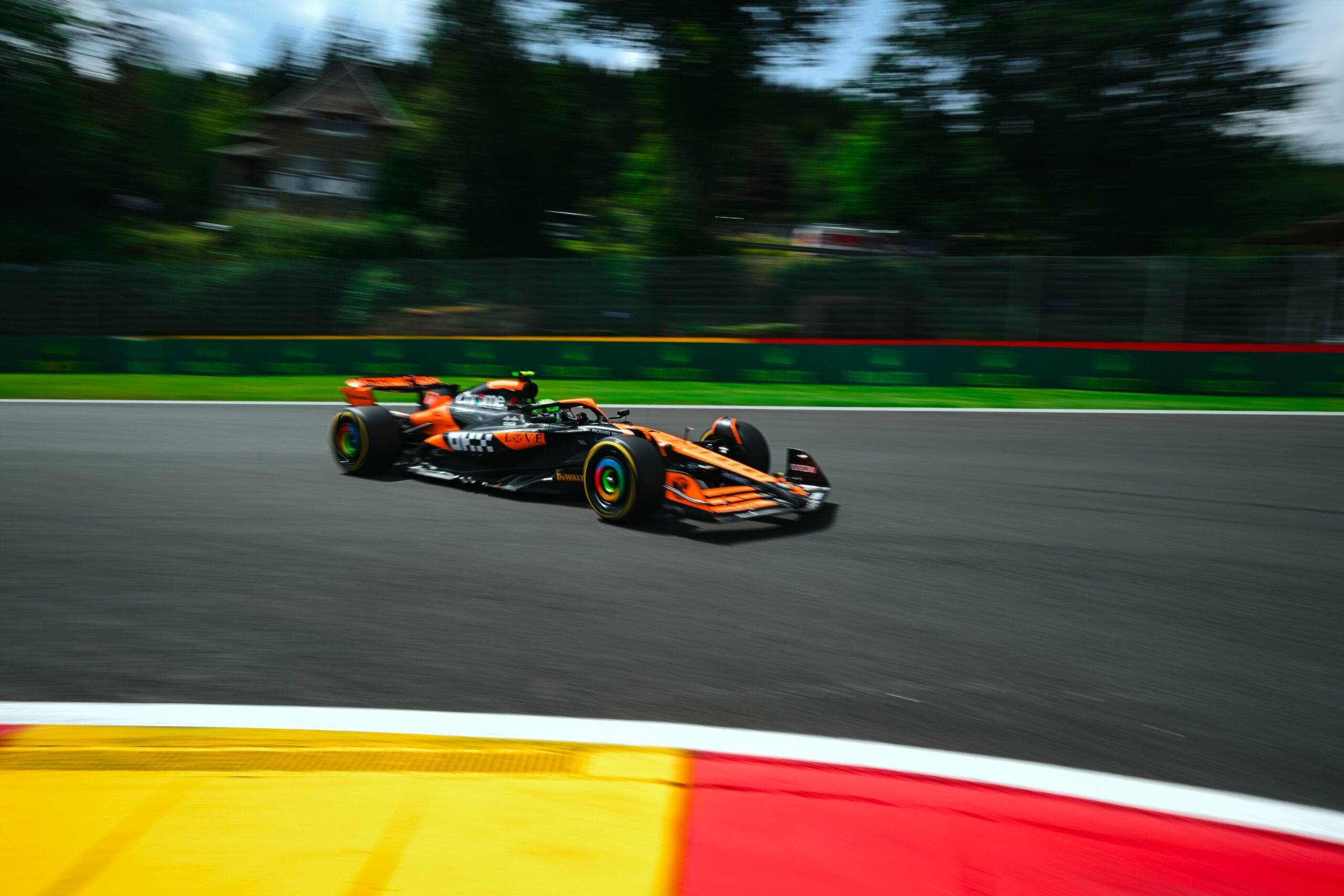New information suggests Formula 1’s next generation power units will use 30kg of their fuel load specifically for the generation of electrical energy to feed the more powerful electric motors planned as part of the new regulations.

With Formula 1’s next generation power units due to be introduced in 2026, concerns have been raised by some, including Christian Horner and Max Verstappen of Red Bull, that the increased focus on electrical energy could lead to sport being dominated by power unit performance.
These new power units are set to see an increase in electrical energy from 120kW to 350kW, while the combustion engine is set to drop 560kW to between 400 to 420kW. These changes will see the total power output remain relatively similar, but with a much larger portion of the power being generated by the electric motors, a split of close to 50/50.
“We could have managed with 18 kilograms extra…”
Formula 1 technical director Pat Symonds says that simulations suggest the new power units will lap at similar times to those used currently, with little effect on the driving characteristics of the cars. However, the increased emphasis on electrical power will require the key 30kg of fuel burn to generate.
The situation was brought about as the team’s did not agree to add additional energy recovery to the cars’ front axle, citing the added weight this solution would bring, however it has been suggested that this decision was spurred by fear of incumbent Audi’s potential.
Symonds called the weight argument into question however, highlighting the weight difference between additional motors, compared to the required fuel alternative.
“According to our calculations, we could have managed with 18 kilograms extra,” said Symonds. “For two 130-kilowatt generators (176 PS) including half-shafts, a differential and the wiring.
“We would have tapped the remaining 130 kilowatts from the rear. With this solution, we could have reduced the tank capacity from 110 to 70 kilograms and practically completely dispensed with fuel burning for energy generation.”
Due to this decision by the teams, fuel tanks for 2026 will be 100kg, instead of the planned 70kg, with the aforementioned 30kg of fuel being used solely for power generation to feed the electric motors. In total, the new generation powertrains are expected to weigh around 190kg.
This weight is difficult to combat and, as Horner said, sees the cars border on sports car proportions.
There are solutions in the pipeline however, with suggestions of gearboxes reducing from 8 gears to 6, as well as the widely supported move to shorten the cars by 30cm. Pat Symonds backed this suggestion, saying “30 centimetres of material is heavier than 30 centimetres of air”.




